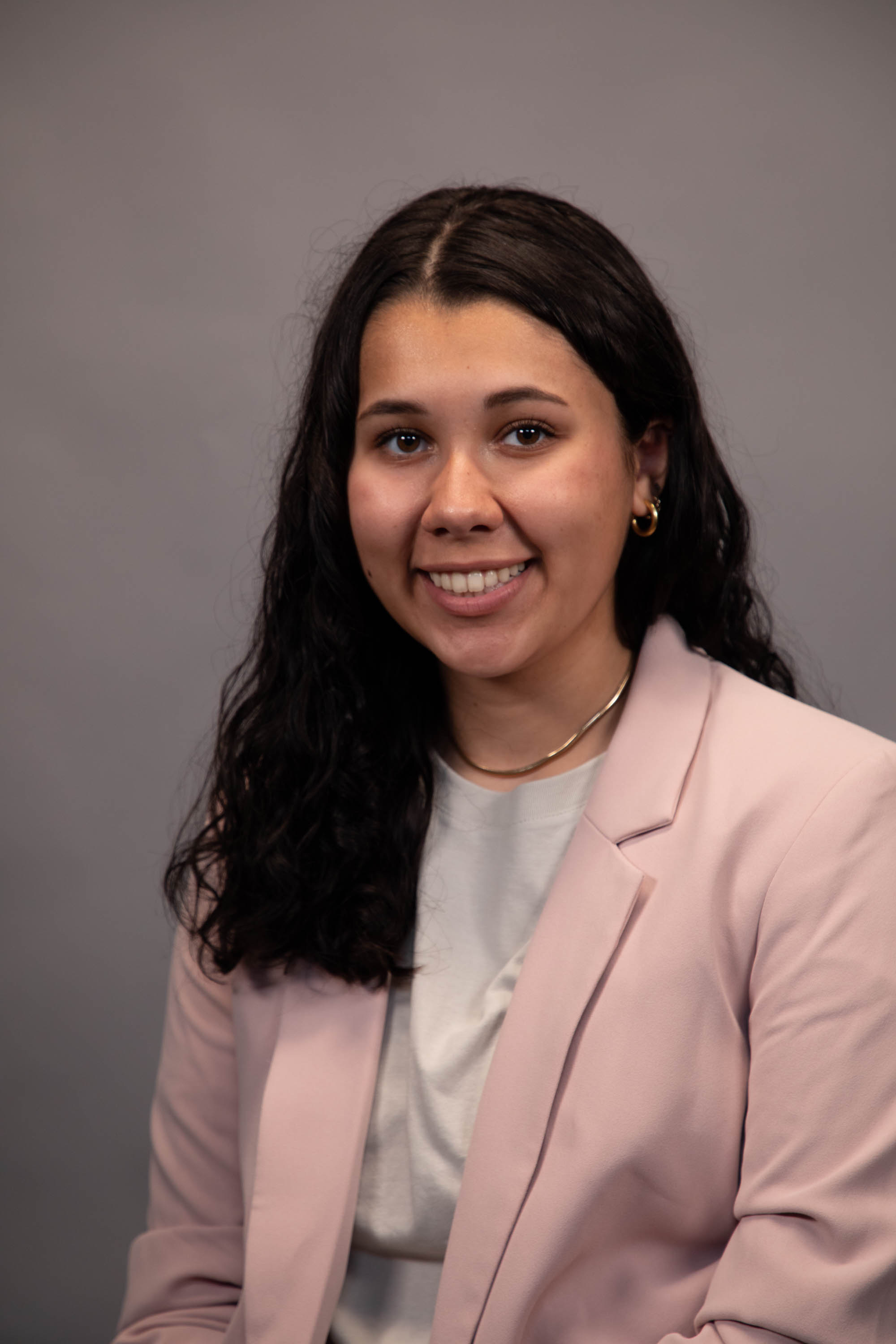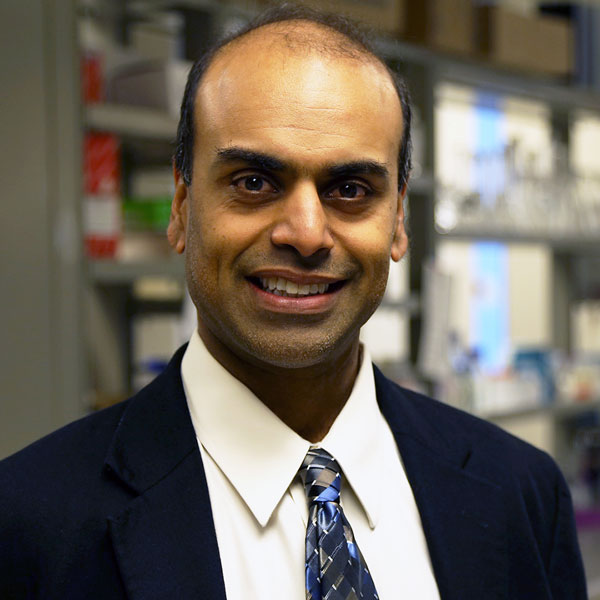Biomechanics
COVID-19 Spike Protein Directly Alters Pulmonary Fibroblast Mediated Remodeling of the Extracellular Matrix
(D-126) COVID-19 Spike Protein Directly Alters Pulmonary Fibroblast Mediated Remodeling of the Extracellular Matrix

Celine Ertin (she/her/hers)
Student
The Ohio State University
Lewis Center, Ohio, United States
Samir Ghadiali, PhD
Professor and Chair of the Department of Biomedical Engineering
The Ohio State University, United States
Megan Ballinger, PhD
Associate Professor
The Ohio State University, United States- DC
Daniel Conway
The Ohio State University, United States
Presenting Author(s)
Last Author(s)
Co-Author(s)
Preferred subtrack: Matrix Effects In Mechanobiology
The Angiotensin-Converting Enzyme 2 (ACE2) receptor is the receptor the SARS-CoV-2 virus binds to causing mild to moderate respiratory effects also known as Coronavirus disease (COVID-19)1. In some patients, COVID-19 can cause severe illness/death and a higher level of ACE2 expression leads to a greater chance of infection. Although the role of ACE2 in COVID-19 development has been primarily focused on epithelial cells, fibroblasts mediated remodeling of the extracellular matrix (ECM) could also have an important role in the development of long-COVID conditions like fibrosis. Although pulmonary fibroblasts contain a high level of ACE2 expression2, it is not known how ACE2 expression or SARS-CoV-2 binding alters fibrotic remodeling of the ECM. Therefore, this study aims to investigate how simulated COVID infection (i.e. exposure to COVID Spike proteins) alters fibroblast-mediated ECM remodeling.
Materials and Methods:: Primary human fibroblasts from n=3 IPF and n=3 normal human subjects were obtained from the Biorepository at OSU (IRB#2014H0367) and seeded in 450 uL bovine collagen gels at a density of 50,000 cells/mL. The collagen gels were composed of two layers: a lower layer of 100 uL of bovine collagen incubated at 37°C for 2 hours and a second layer containing cells in 350 uL collagen which was added on top of the lower layer. This allowed for cell mediated remodeling of the collagen fibers without settling of cells on the lower glass surface. The gels were either un-treated or treated with a 10nM COVID-19 spike protein for 48 hours and imaged using a Leica Stellaris 8 confocal laser scanning microscope configured to collect images in reflectance mode using a 20x air objective and a 488-nm argon laser. Images were collected with a step size of 0.68 mm for 35 steps to create a z stack of images. A 2D slice was extracted from each image for quantitative analysis. Images were thresholded and a mask was applied to allow for analysis of remodeled area and remodeling intensity.
Results, Conclusions, and Discussions::
As shown in Figure 1A, treatment with spike protein resulted in more collagen remodeling in both normal and IPF cells. This increased remodeling is demonstrated by the elongated fibers between neighboring cells and the bundling of collagen around the cells. Image quantification (Figure 1B-C) indicates that treatment with spike protein results in a statistically significant increase in both remodeling area and intensity in both normal and IPF cells. Interestingly, the remodeling area and intensity after spike treatment in normal cells was significantly higher than the remodeling area/intensity in IPF cells after spike treatment. There was no significant difference in remodeling area/intensity between untreated normal and IPF cells. These results demonstrate that COVID spike protein can directly interact with pulmonary fibroblasts leading to increased fibrotic remodeling of the ECM in both normal and IPF cells. This remodeling response appears to be higher in normal cells and this indicates that direct interaction of the SARS-CoV-2 virus with pulmonary fibroblasts may be an important mechanism of long-COVID fibrosis. Future studies will investigate how the apical co-culture of lung epithelial cells on top of gels containing pulmonary fibroblasts as well as the exposure of lung epithelial cells to spike protein alters ECM remodeling. These studies may lead to a better understanding of the mechanisms responsible for pulmonary fibrosis during long-COVID.
Acknowledgements (Optional): :
Dr. Ballinger’s RO1 (HL141217), The Ohio State University College of Engineering Undergraduate Research Scholarship
References (Optional): :
1. Yang, J. et al, Nat Comm, 4541, 2020. 2. Aloufi, N., et al, Am J Physiol Lung Cell Mol Physiol, 320(1):L152-L157, 2021
